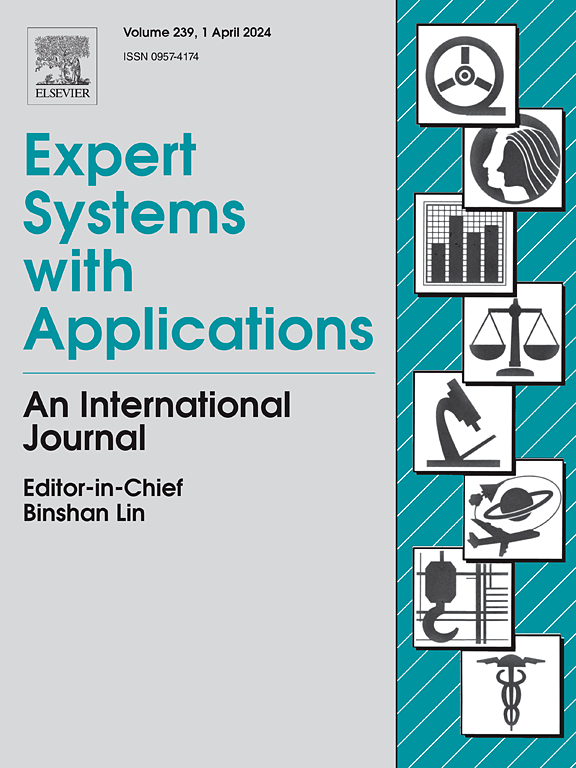Spatiotemporal image-based method for external breakage event recognition in long-distance distributed fiber optic sensing
IF 7.5
1区 计算机科学
Q1 COMPUTER SCIENCE, ARTIFICIAL INTELLIGENCE
引用次数: 0
Abstract
Distributed fiber optic sensing has garnered significant attention in the field of perimeter security. However, existing research seldom addresses the unique challenges posed by long-distance detection, which include two critical issues for data-driven approaches: susceptibility to noise in complex environments and the rapid identification of multiple events within massive datasets. To address these challenges, this study proposes a spatiotemporal image-based method for external breakage recognition using long-distance distributed fiber optic sensing. For data preprocessing, Adaptive Signal Enhancement Denoising (ASED) is proposed to effectively reduce noise in spatiotemporal images converted from raw data. For the recognition model, Lightweight Spatiotemporal Perception Enhanced YOLO (LSPE-YOLO) is proposed, leveraging a one-stage network structure to facilitate fast multi-event recognition in spatiotemporal images. The proposed model integrates a space-to-depth strategy within its backbone network to enhance spatiotemporal awareness with fewer parameters. Additionally, Coordinate Attention (CA) is incorporated into the neck network, which better captures the long-range dependencies of spatiotemporal images. A realistic dataset was constructed by utilizing a 40km communication fiber-optic cable. Experiments show that the method proposed reaches 0.93 on mAP50. The number of parameters and Giga Floating Point of Operations (GFLOPs) are 2.8M and 7.6, respectively. There are obvious advantages in practical engineering applications.
求助全文
约1分钟内获得全文
求助全文
来源期刊

Expert Systems with Applications
工程技术-工程:电子与电气
CiteScore
13.80
自引率
10.60%
发文量
2045
审稿时长
8.7 months
期刊介绍:
Expert Systems With Applications is an international journal dedicated to the exchange of information on expert and intelligent systems used globally in industry, government, and universities. The journal emphasizes original papers covering the design, development, testing, implementation, and management of these systems, offering practical guidelines. It spans various sectors such as finance, engineering, marketing, law, project management, information management, medicine, and more. The journal also welcomes papers on multi-agent systems, knowledge management, neural networks, knowledge discovery, data mining, and other related areas, excluding applications to military/defense systems.
 求助内容:
求助内容: 应助结果提醒方式:
应助结果提醒方式:


